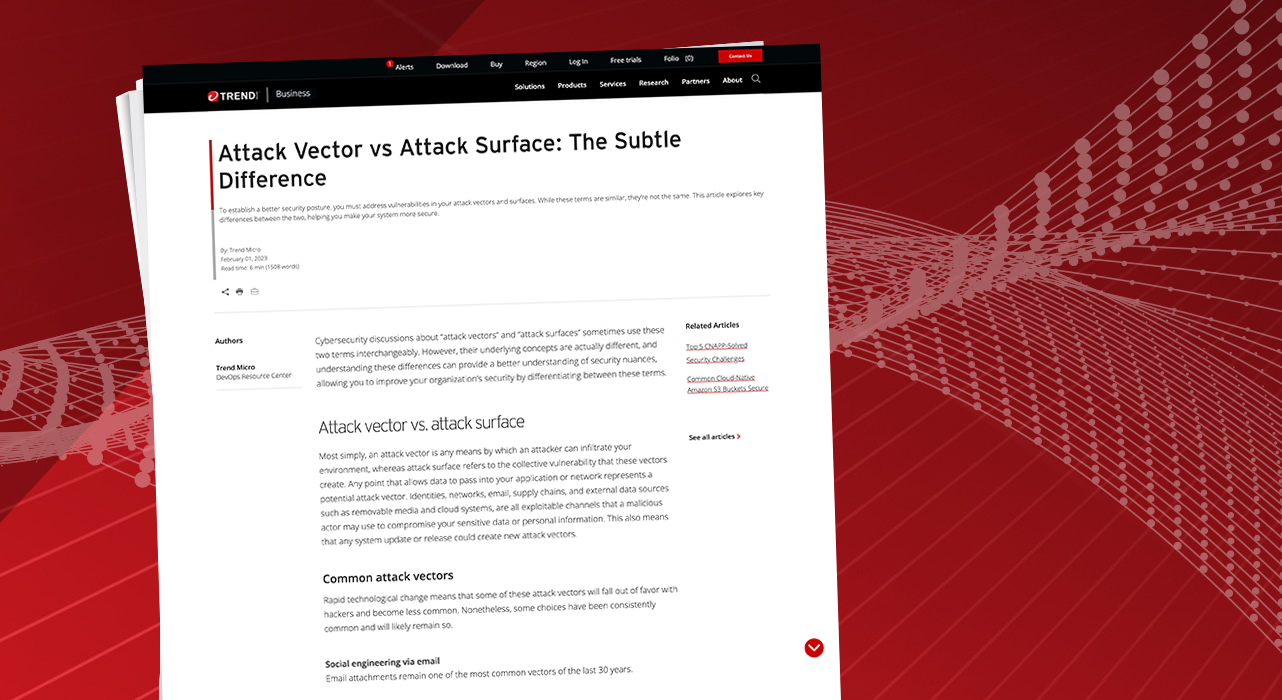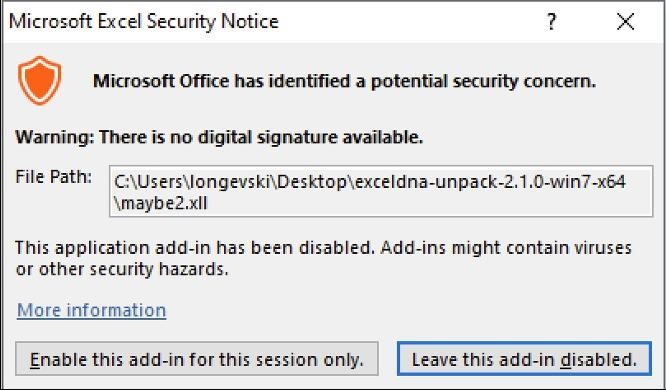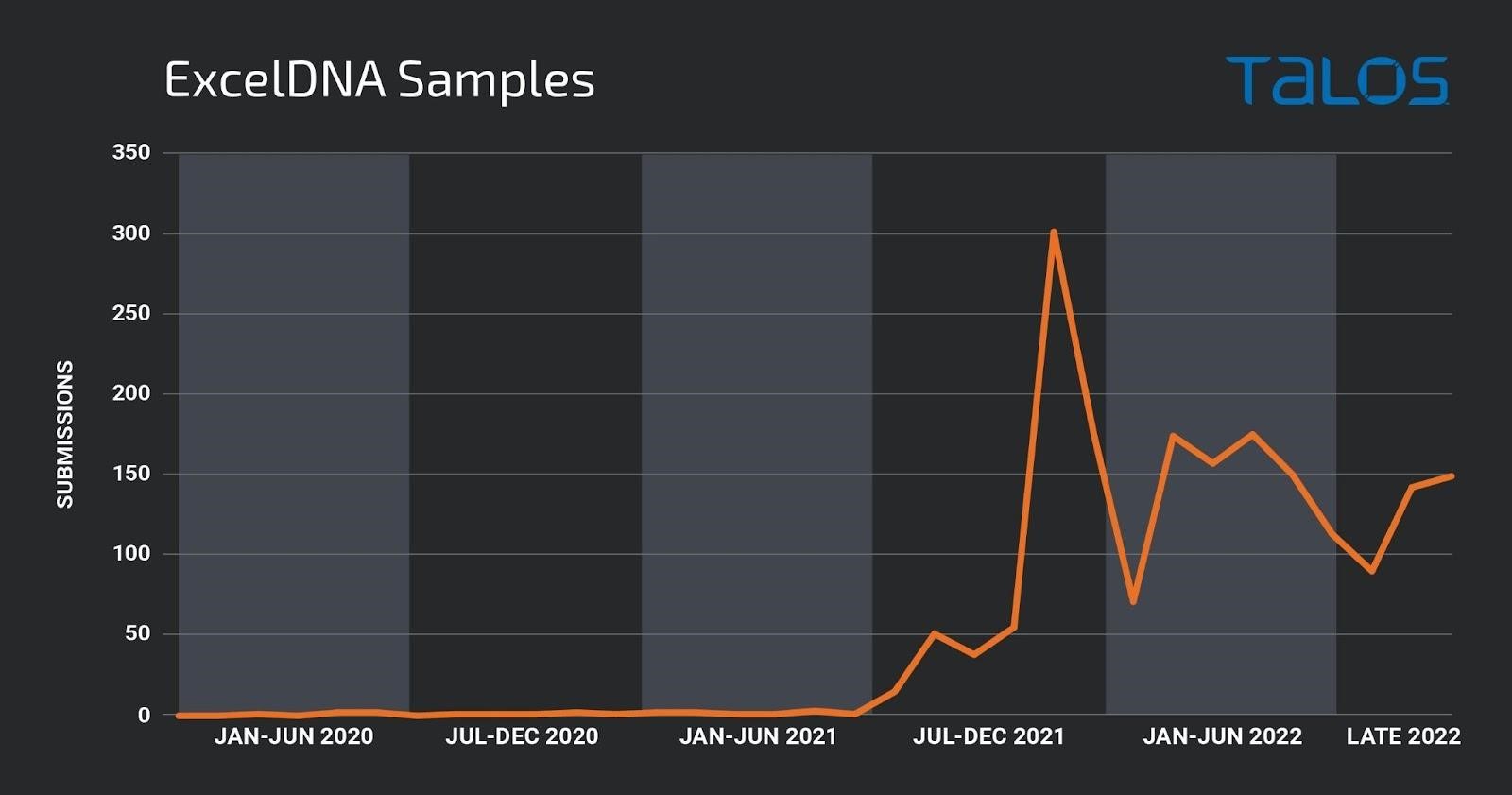‘Most web API flaws are missed by standard security tests’ – Corey J Ball on securing a neglected attack vector
API security is a ‘great gateway’ into a pen testing career, advises specialist in the field

INTERVIEW Securing web APIs requires a different approach to classic web application security, as standard tests routinely miss the most common vulnerabilities.
This is the view of API security expert Corey J Ball, who warns that methods that aren’t calibrated to web APIs can result in false-negative findings for pen testers.
After learning his craft in web application penetration testing in 2015 via hacking books, HackTheBox, and VulnHub, Ball further honed his skills on computers running Cold Fusion, WordPress, Apache Tomcat, and other enterprise-focused web applications.
Read more of the latest interviews with industry experts
He subsequentially obtained CEH, CISSP, and OSCP certificates before eventually being offered an opportunity to help lead penetration testing services at public accounting firm Moss Adams, where he still works as lead web app pen tester.
Recently focusing more narrowly on web API security – a largely underserved area – Ball has launched a free online course on the topic and published Hacking APIs: Breaking Web Application Programming Interfaces (No Starch Press, 2022).
In an interview with The Daily Swig, Ball explains how the growing use of web APIs requires a change of perspective on how we secure our applications.
Attractive attack vector
The past few years have seen accelerating adoption of web APIs in various sectors. In 2018, Akamai reported that API calls accounted for 83% of web traffic.
“Businesses realized they no longer need to be generalists that have to develop every aspect of their application (maps, payment processing, communication, authentication, etc),” Ball says. “Instead, they can use web APIs to leverage the work that has been done by third parties and focus on specializing.”
API stands for application programming interface, a set of definitions and protocols for building and integrating application software.
Web APIs, which can be accessed with the HTTP protocol, have spawned API services that monetize their technology, infrastructure, functionality, and data. But APIs have attracted the…





